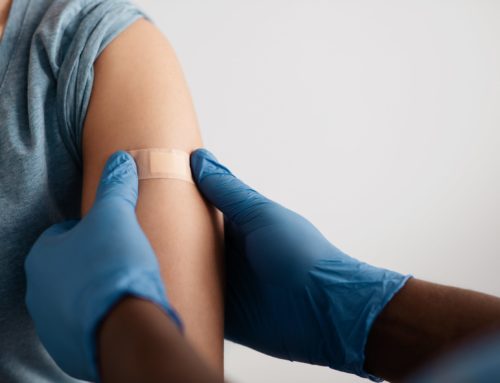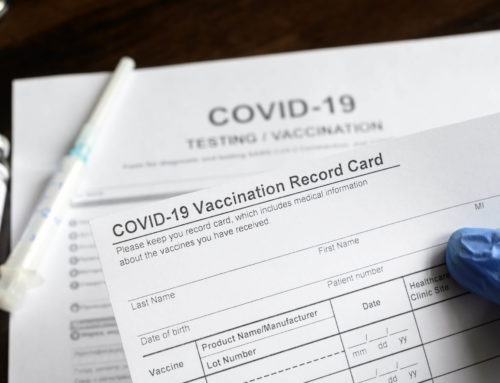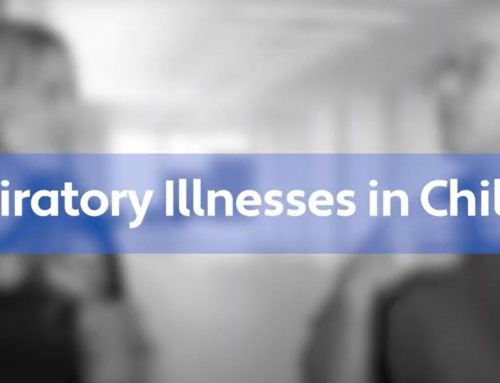Face masks have become a symbol of our changed lives under the COVID-19 pandemic. Even after experiencing the pandemic for more than a few months, there has been much confusion about whether a mask will keep us safe. But recently, there have been studies backed by the CDC that clearly provide important data to confirm that masking helps prevent transmission of COVID-19 (SARS-CoV-2).
The science that supports wearing a face mask
The science proving the efficacy of face masks is evolving, and there is increasing evidence suggesting that masks are an effective means to slow the COVID-19 pandemic spread. Several studies were recently published by reputable sources, reaffirming the efficacy of masks.
Two very compelling studies were published, one from Journal of the American Medical Association (JAMA), revealing that adherence to universal masking policy decreased COVID-19 transmission inside a Boston Hospital System, and the other from CDC’s Morbidity and Mortality Weekly Report (MMWR), showing that wearing a face mask prevented the spread of infection from two hairstylists- infected with COVID-19 to their 139 clients and secondary contacts. None of the clients, staff, and secondary contacts became ill nor showed signs of infection.
According to CDC, the finding adds to a growing body of evidence that cloth face coverings provide source control – that is, they help prevent the person wearing the mask from spreading COVID-19 to others. The primary protection individuals gain from masking occurs when others in their communities also wear face coverings. In short—you should always wear a mask in public.
How does a face mask protect me?
- COVID-19 is regarded as mainly spread by respiratory droplets when people talk, cough, or sneeze. Wearing a face mask prevents inhaling the harmful pathogen and particulates. The level of protection from face masks varies based on the type of mask used and the level of filtration offered.
- Most importantly, face masks act as source control in the sense that they prevent others from being exposed to infectious microbes that may be expelled during respiration.
How do I wear my face mask correctly?
- Hand hygiene is vital. Always wash your hands before putting on your mask and then after taking it off.
- Cover it all up. Cover your mouth, nose, and secure it under the chin making sure there are no gaps
- Fresh air is good for you. Make sure you can breathe properly.
- Mask On. Wear your mask in public settings all the time. Touch your mask as little as possible.
- Forehead and Chin guard mask won’t protect you: CDC recommends not to move your face mask below the chin or up to your forehead as it poses a risk for contamination.
- Clean and repeat. Clean your mask after each time you wear it, or dispose of a one-time-use mask.
For more information on Face mask use, results and COVID-19, please visit the CDC website.
Wondering who can help address additional health questions? The affiliated providers of TopLine MD Alliance are highly qualified to support you. You can expect exceptional service, top-of-the-line care and a seamless and convenient experience. You can find a TopLine MD Affiliated provider here.



